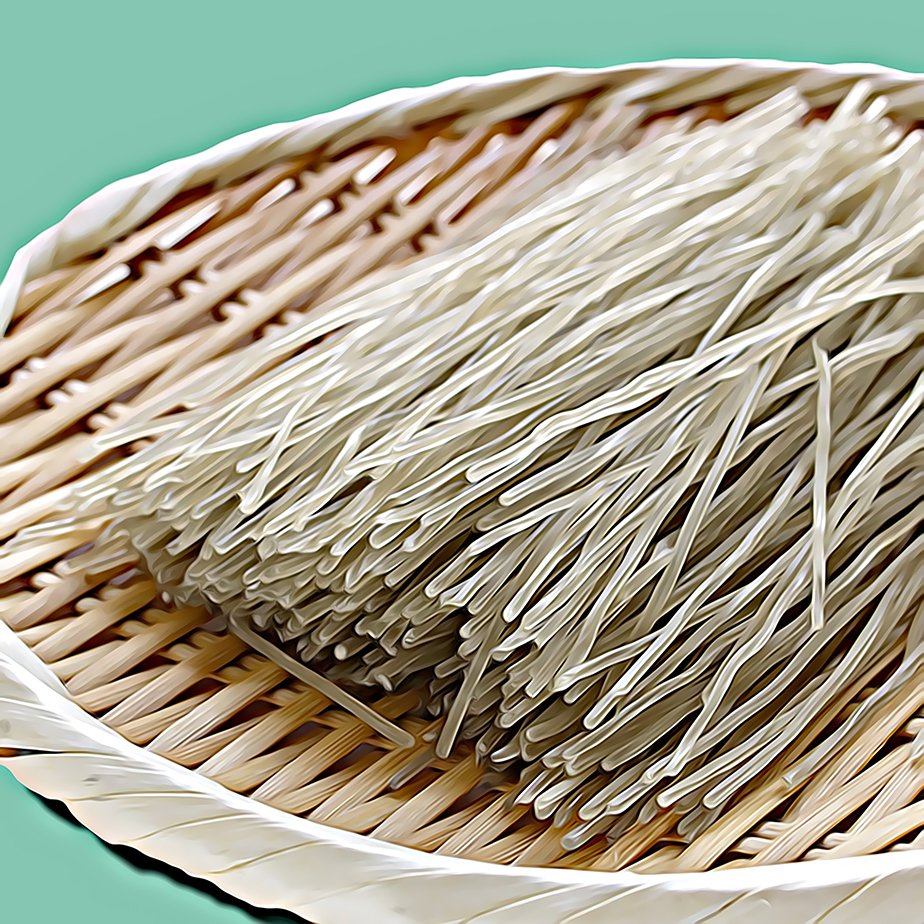Anchovies
Anchovies. For such tiny little suckers, they’re bigly polarising. But love ’em or loathe ’em, these salty, umami-fied flavour bombs bring flavour to all sorts of scenarios – pizzas, pastas, sauces, dressings, braises, tarts, dips, butters –the list goes on. Anchovies are an important ingredient in Italian, Southern French and Spanish cooking, which is understandable as they’re a major Mediterranean catch. Interestingly, there are 144 anchovy species worldwide and these range in size from 2cm to 40cm. While they can be eaten fresh, and are often used by fishermen for bait, it’s in their preserved state that most of us know them best.
Most anchovies are preserved in oil (some are preserved in salt but you’re not so likely to encounter these in NZ). They all start with a salt cure; after harvesting, the anchovies are cleaned, gutted, then heavily salted. Traditionally the processing was all done by hand and please, take a moment to let that sink in. If you think you hate your day job, imagine how labour-intensive, meticulous, wet and pongy hand-processing anchovies would be. The salt draws out moisture from the fish and creates an inhospitable environment for bacteria. The salted anchovies are left to cure for a period ranging from several weeks to a few months, depending on the desired flavour and texture – the longer they cure, the more complex and robust their flavour becomes. During this time, enzymes and the salt transform the flesh, breaking down proteins and giving a smoother, tenderer texture. After the curing period, excess salt is rinsed off, then the fish are packed in jars or cans and covered with oil. Best quality anchovies will feature a good olive oil; so-so ones will just be covered in vegetable, or a similar cheaper, oil. And if you’ve ever noticed that some anchovies can be bloody expensive, it’s because a degree of hand-processing has been employed and certainly a better class of olive oil.
Fresh anchovies actually taste relatively mild. Which is also true for boquerones, the white anchovies eaten as a tapa or snack in Spain. Pickled in vinegar, (or a mix of vinegar and oil) rather than salt, they’re milder, fresher, and sweeter tasting than salted anchovies, and are utterly addictive. Especially with a glass of chilled fino. If you’ve been to Spain, you’ll know what we mean.
Anchovy devilled eggs
Peel 6 hard boiled eggs and cut in half lengthways. Remove the yolks then mash them in a bowl with 3 tsp chopped capers, 4 chopped anchovies, 1 tsp finely grated lemon zest, 2 tbsp mayonnaise, 2½ tsp Dijon mustard and a large pinch of cayenne pepper. Season to taste then pipe or spoon mixture back into the egg halves. Decorate each with thin strips of anchovy.
Anchovy crumbs
Combine 2 cups of coarse fresh sourdough or ciabatta crumbs, 10 chopped anchovies, 4 cloves of chopped garlic, 2 tbsp chopped oregano leaves and 100 ml olive oil in a large roasting dish. Mix to combine well then spread the mixture in an even layer. Bake at 180C for 15-20 minutes, stirring occasionally, until deep golden. Serve scattered over grilled eggplant, grilled zucchini, roasted asparagus or roasted cauliflower.
Pasta with raw tomato, almonds and anchovies
Combine 80g (½ cup) roasted salted almonds, 6 anchovies and 3 cloves of garlic in a food processor and process until finely chopped. Cook 400 g spaghetti, drain well then toss in a large bowl with the almond mixture, 800 g chopped ripe tomatoes, 100g (1 cup) finely grated parmesan, 80 ml (⅓ cup) extra virgin olive oil and a small handful of chopped basil. Season well then serve. Serves 4.






